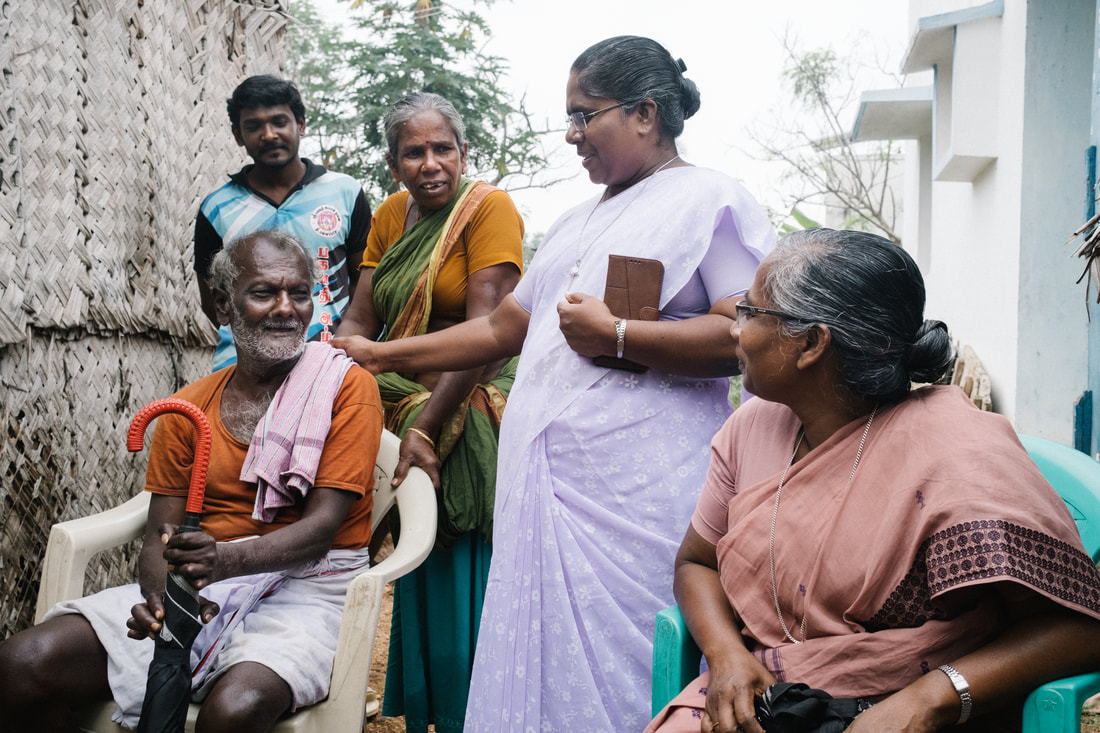Leprosy occurs in over half of all countries worldwide today. Since 1895, SFLG has supported leprosy-related projects in over 30 of these countries. Today, we work in 13 countries in Africa, Asia and Brazil where leprosy is endemic.
Today we support over 30 leprosy centres and projects to play our part in caring for those affected by leprosy.
Countries IN AFRICA
Each white dot below indicates the location of our centres or projects in Ghana, Ethiopia, Liberia, Madagascar, Nigeria, or Uganda.
countries in asia
Each white dot below indicates the location of our centres and projects in Pakistan, India, Nepal, Bangladesh, Myanmar and Sri Lanka.
BRAZIL
The white dot below indicates the location of the our leprosy work in Brazil.







